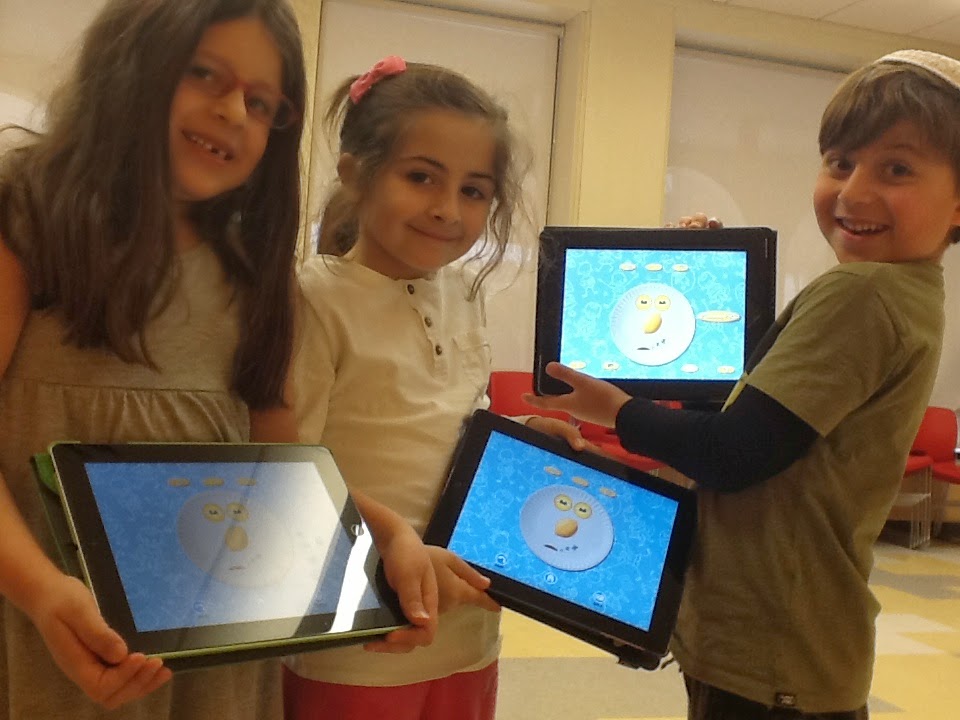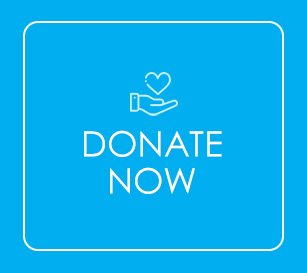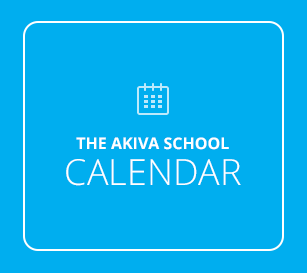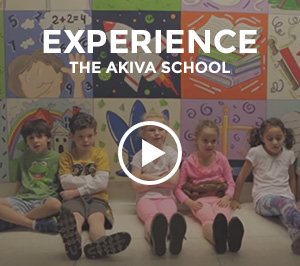Technology

Hours: Technology is incorporated across the curriculum and the students also receive 30 minutes per week of computer science
Akiva School incorporates technology across the curriculum in three languages, math and specialties such as arts, drama and music. Our teachers are continually upgrading their skills to seamlessly incorporate technology into the classroom. Teachers are using technology to teach and create projects in a Classroom 2.0 world, which calls on skills such as collaboration, global awareness, communication and digital citizenship.
Each classroom is equipped with an interactive SMART Board, and all classes have access to iPads, laptops and the multimedia computer lab. During their tenure at Akiva, our students become familiar with standard software such as Office, video and sound editors and how they can be used to present ideas and communicate effectively with peers and others in the world beyond school.
Creativity, problem-solving and computational thinking are emphasized throughout the grade levels. Robotics are offered beginning in kindergarten and students are introduced to computer coding starting in grade 2. Concepts and projects increase in scope and complexity as students progress through the school. The Internet is easily accessed to enhance education and teach the students not only to search for information effectively, but also to evaluate the credibility of its source. Internet safety is discussed at each grade level in age appropriate contexts.
Our students are continually exposed to the cutting-edge trends in technology education to make the classroom lessons come alive and actively engage our students. We use blended learning techniques where face-to-face classroom time is combined with digital online learning. Students can follow individualized learning programs using online programs to each progress at their own level.
Akiva Students Learn a Fourth Language
Students from kindergarten to grade 6 have the opportunity to explore different coding programs in which they are able to develop their problem solving and creative thinking skills. All grades learn the fundamentals of programming as leading up to making apps, games, and animations. Younger grades work with visual representations of programming commands while older grades use a combination of visual and text-based programming. Kindergarten and grade 1 create coding algorithms to build their own robots through our Robotics program. grades 2, 3 and 4 learn basic programming to develop animations and interactive stories through an MIT-based software application called “Scratch”. Grades 5 and 6 do both Robotics and Scratch as complementary coding applications.



